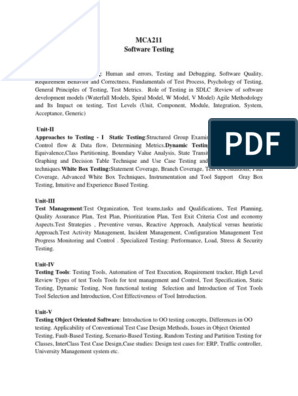0% found this document useful (0 votes)
50 views35 pagesSOD417C - Unit 2
This unit focuses on developing critical thinking and problem-solving skills in game design through various strategies and techniques. Learners will explore critical thinking definitions, idea generation methods like brainstorming and mind mapping, and the phases of critical thinking. An activity involves creating a simple board game in 10 minutes, emphasizing rapid prototyping and iterative design through playtesting and reflection.
Uploaded by
Toka Justice TNTCopyright
© © All Rights Reserved
We take content rights seriously. If you suspect this is your content, claim it here.
Available Formats
Download as PDF, TXT or read online on Scribd
0% found this document useful (0 votes)
50 views35 pagesSOD417C - Unit 2
This unit focuses on developing critical thinking and problem-solving skills in game design through various strategies and techniques. Learners will explore critical thinking definitions, idea generation methods like brainstorming and mind mapping, and the phases of critical thinking. An activity involves creating a simple board game in 10 minutes, emphasizing rapid prototyping and iterative design through playtesting and reflection.
Uploaded by
Toka Justice TNTCopyright
© © All Rights Reserved
We take content rights seriously. If you suspect this is your content, claim it here.
Available Formats
Download as PDF, TXT or read online on Scribd
/ 35























































































